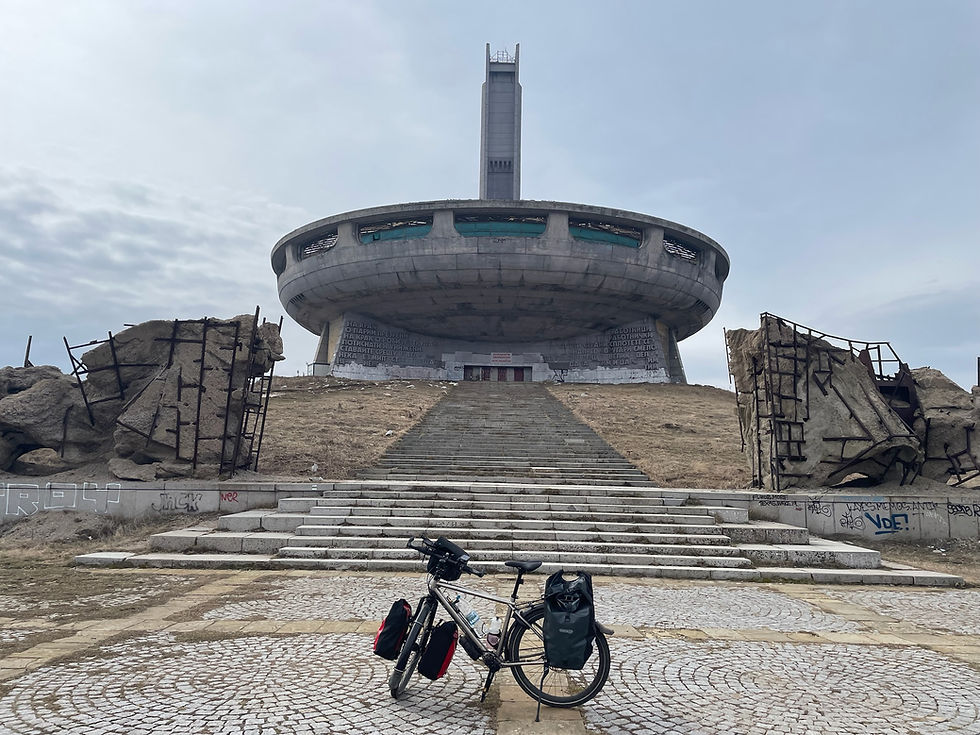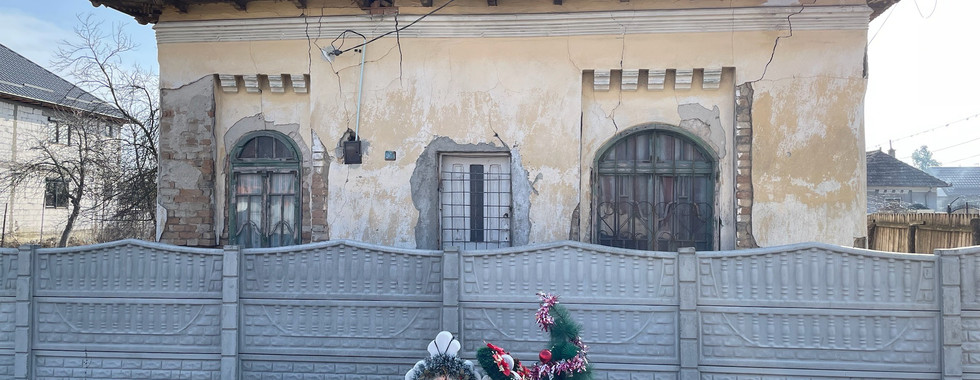Many years ago, i used to run an architecture magazine, called Archis. It was a respectable title, most Dutch architects had a subscription and increasingly there was a decent international readership as well. The owner was the late Netherlands Architecture Institute, but the publisher was the stock traded Elsevier. They ran a bunch of construction-related journals and were happy with most of them because of closed circulation that prevented any risk. Archis didn’t have a closed circulation but relied on a government subsidy, which practically meant that all content was provided for free for Elsevier to secure the profit.
多年前,我负责经营一本名为Archis的建筑杂志。这是一份广受尊重的刊物,拥有众多荷兰建筑师的订阅,并且其国际读者量也在稳步增长。杂志的拥有者是已经不存在的荷兰建筑研究所,而出版工作则由上市公司Elsevier负责。他们管理着许多与建筑相关的期刊,并对大部分因封闭式发行而降低风险的做法感到满意。不同于这些期刊,Archis并没有实施封闭式发行,而是依赖政府补助,实际上这意味着所有内容对Elsevier来说都是免费的,从而确保其盈利。
Regardless these easy peasy conditions, something at Elsevier’s changed. I received an invitation for a serious meeting. The publisher in charge told me that CEO Pierre Vinken had imposed a new rule on all of Elsevier’s titles: the Vinken pyramid. On top were the medical and legal professional magazines. They made an enormous profit because content was also free, production was largely digital, and they could charge any subscription fee in a monopolist situation. At bottom of the pyramid were the public magazines, which were only kept in portfolio when they still could make 5% profit. However, to show all editors that their place at Elsevier was fragile, he even wanted each year some titles to be dropped, even above 5%, just to demonstrate what the pyramid really meant. At the bottom, your future is at risk. Killing titles was a matter of energizing the knock out race that came to be known as shareholder capitalism. Magazines were not meant to disseminate knowledge. They were meant to help maximize shareholder value. Pierre Vinken is no longer, but his practice is more alive than ever.Archis survived the onslaught (will spare you the details) independently only by support of some maverick individuals for whom break even was good enough.
尽管条件看似轻松,Elsevier的局面却发生了变化。我被邀请参加了一个重要会议。会上,负责的出版商向我透露,CEO皮埃尔·温肯对Elsevier旗下所有刊物实施了新规则:温肯金字塔。金字塔顶层是医疗和法律专业杂志。由于内容同样免费,生产主要是数字化的,而且在垄断情况下他们可以自由定价订阅费,这些杂志获得了巨大的利润。金字塔底层则是面向公众的杂志,只有当这些杂志仍能实现至少5%的利润时,才会被保留在产品线中。然而,为了向所有编辑证明他们在Elsevier的位置十分不稳定,他甚至希望每年都淘汰一些利润超过5%的刊物,以此展示温肯金字塔的真正含义。处于底层,意味着你的未来充满不确定性。取消某些刊物是激发所谓股东资本主义竞争的一种方式。杂志的宗旨不再是传播知识,而是为了最大化股东价值。尽管皮埃尔·温肯已经不在,但他的做法如今比以往任何时候都更为盛行。Archis之所以能独立生存下来,抵御住了风暴(细节在此不表),全赖于一些特立独行的个人的支持,对他们来说,收支平衡已经足够好。

This memory suddenly recurred to me when I cycled through Romania and Bulgaria the last week. A vast stock of buildings: offices, factories from the time before the end of the Cold War, have fallen victim to neglect and abandonment. Nobody takes any care. Obviously, before 1989, they once represented a business model with incomparable lower profit expectations, if any. Break even could be enough. After crossing city after city, village after village, it suddenly occurred to me as if all these millions of square meters somehow had been squeezed by a Pierre Vinken paradigm, denying all those sluggish businesses to be part of the new future. And with them millions of people. Some managed to escape to bigger cities, working in tech or finance. Many other’s, too old or too passive, stayed behind, watching their towns fall apart, cut in parts by highways, and becoming local centers of gambling for those who still can’t accept that history took a turn with no regrets. What you see, riding through these countries is the consequence of capitalist take over, Vinken style. Except for the usual EU prestige projects, the usual way to cluster the last remaining talent to showcases of goodwill, what you feel is the existential prize that is paid by the majority who were not smart enough to seize the new opportunities. No wonder their investments in the cemeteries that act as their last revolt against oblivion.
上周骑行穿越罗马尼亚和保加利亚时,这段记忆突如其来地回到了我的脑海。广袤的建筑群——从冷战结束前的办公楼到工厂——已经沦为被遗忘和荒废的牺牲品。似乎无人对此照看。显然,在1989年之前,它们象征着一种与众不同的商业模式,如果有利润预期的话,也极低,仅仅达到收支平衡就已足够。在连续穿过城镇和村落后,我突然有了一种感觉,仿佛这些数以百万计的平方米空间在某种程度上被皮埃尔·温肯的模式所压缩,拒绝让那些缓慢的商业活动成为新未来的一部分,连带影响了数百万人的命运。有些人设法逃往大城市,在科技或金融行业寻得出路。然而,许多人——不是因为年纪太大就是因为缺乏主动——选择留下,只能眼睁睁看着自己的家园逐渐衰败,被高速公路切割,变成了那些仍然不愿接受历史已经改变的人的赌博中心。骑行这些国家,你见证的是资本主义接管的直接后果,一种温肯式的剧变。除了欧盟的几个声望工程——这些项目通常旨在将剩余的人才聚焦于展示善意的窗口——你能感受到的是大多数未能抓住新机遇的人所支付的生存代价。他们对墓地的投资仿佛成了对遗忘的最终抗议。

Journey to be continued...
and to follow the Journey by
Instagram:@Olebouman
Linkedin:@Olebouman
Facebook:@Olebouman
Linktree: https://linktr.ee/olebouman
Weibo:@Olebouman
































Comments